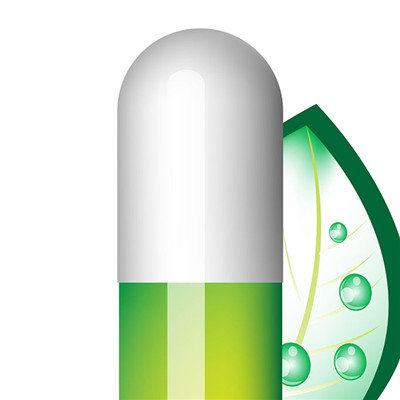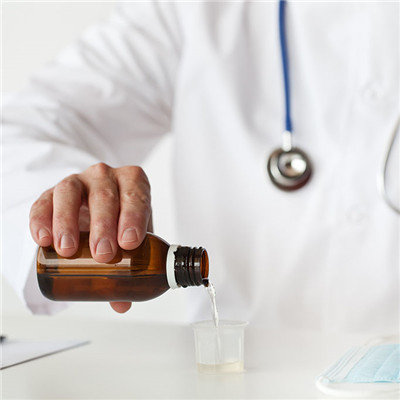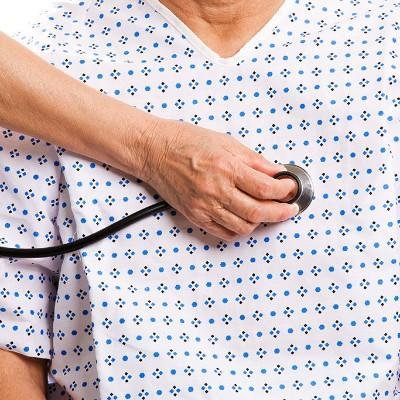Symptoms of being burned by fire
summary
Burn is a common injury. In daily life, the most common causes of injury are heat, steam, flame, etc. in addition, some chemicals, electric current, radiation and nuclear energy can also cause skin or other tissue damage. The severity of a burn depends on the area and depth of the burn. The larger the area and the deeper the depth, the more serious the local and systemic effects. What are the symptoms of being burned by fire? Let's talk about it.
Symptoms of being burned by fire
Erythematous burns only damage a part of the epidermis, but the germinal layer is still alive, so the proliferation and regeneration ability is active. They usually heal within 3-5 days without leaving scars. The whole epidermis and part of the papillary layer were injured. As the germinal layer is partially damaged, epithelial regeneration depends on the epithelial proliferation of the remaining germinal layer and skin appendages, such as sweat glands and hair follicles. If there is no secondary infection, it is usually healed after 1-2 weeks, and no scar is left.

The healing depends on the proliferation of epidermal progenitor cells in the epithelium of skin appendages, especially in the hair follicle protrusion. If there is no infection, it usually needs 3-4 weeks to heal, often leaving scars. There are many clinical variations, the shallow is close to the shallow grade II, and the deep is critical grade III.

Eschar burn. It generally refers to the whole course of skin burn, the epidermis, dermis and skin accessories are all damaged, wound repair depends on surgical skin grafting or flap repair. Deep burn and muscle, bone and even internal organs, wound repair depends on surgical skin grafting or flap repair, severe cases need amputation.

matters needing attention
Aseptic isolation should be carried out for 1-2 weeks after large area burn patients are hospitalized. The ward should be ventilated regularly, keep dry, restrict personnel to enter and leave, and pay attention to sterilization when contacting patients' dressings, sheets and articles. Careful nursing, frequent turnover, to prevent long-term pressure on the wound, keep the crust dry and intact.















